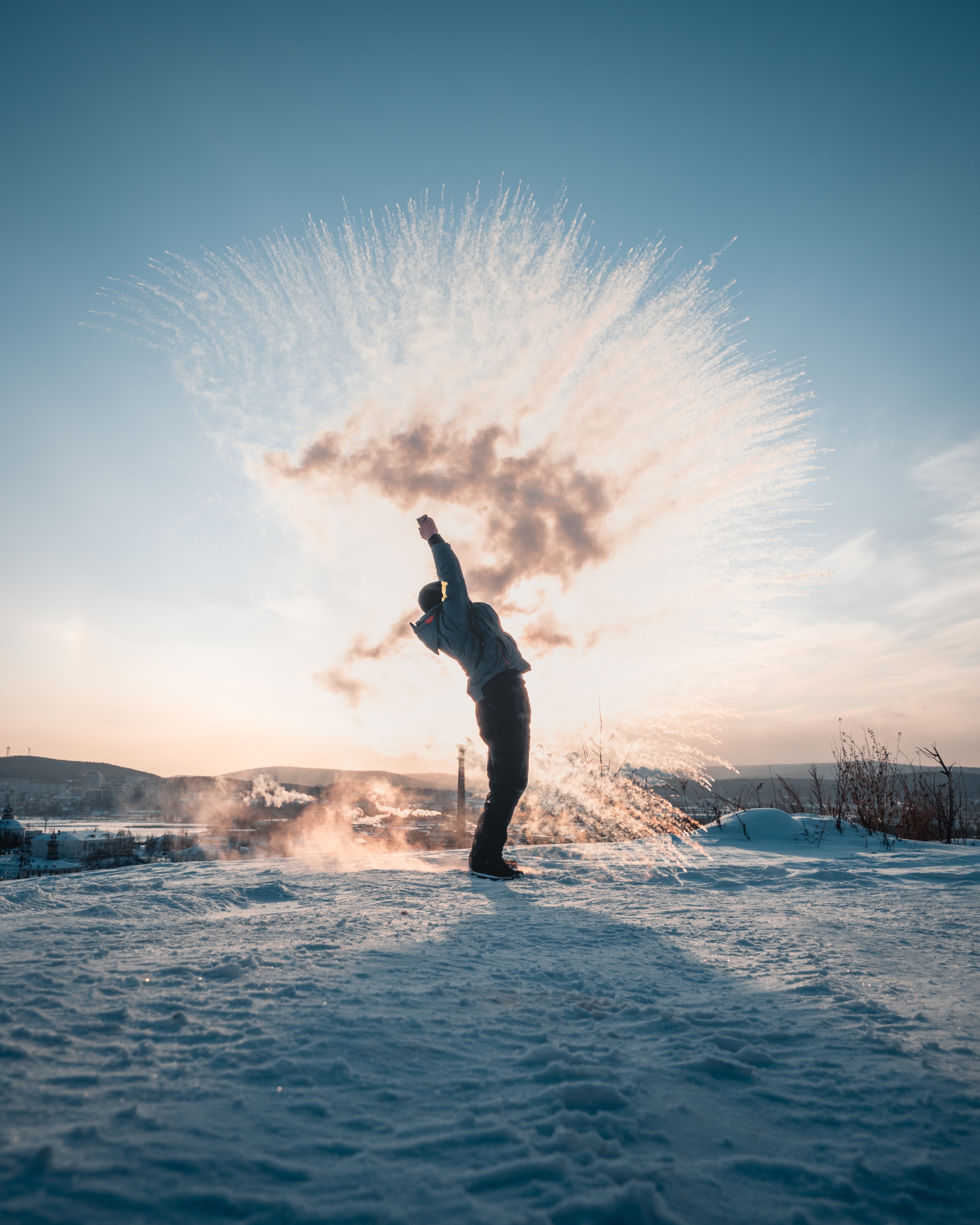
Health Check: Do joint and muscle aches get worse in the cold?
By Andrew Lavender Curtin University
News Editor Pick
The winter chill is often associated with an increase in aches and pains for many older people, particularly in the joints, but also in the muscles. Some recent studies have shown an increase in general aches and pain in older men and women, and in particular a correlation between joint pain and weather conditions in patients with rheumatoid arthritis or osteoarthritis.
For those without these conditions, any experience of pain with cold or wet weather may be related to changes in physical activity and diet.
How does the cold affect our muscles and joints?
In investigating a link between weather and joint pain, studies have examined temperature, barometric pressure, precipitation, humidity and sunshine for their links to pain. The results are somewhat inconclusive because they vary greatly. This is largely because pain is subjective and it’s difficult to isolate a particular cause.
Other factors like exercise, mood and diet also have an influence on pain perception. Some research focused on the ideathat atmospheric pressure may have the greatest effect. This is because there are gasses and fluids within joints, and if atmospheric pressure reduces, these gasses and fluids might expand, putting pressure on surrounding nerves causing pain. But this has not been shown clearly.
A recent study found the combination of temperature, sunlight exposure and humidity correlates with joint pain in patients with rheumatoid arthritis. But the authors were quick to point out the variability in pain perception and other factors, like exercise and diet, means a clear link still can’t be drawn with confidence.
Read more:
Health Check: why do my muscles ache the day after exercise?
How we can prevent aches in winter
There are some things that can help reduce pain during the colder months.
Exercise: joint pain is often associated with excess weight, so a weight-loss exercise program will help to take the pressure off the joints. Exercise also helps to improve metabolism and blood flow through muscles and joints, which can reduce inflammation, stiffness and pain.
Many people tend to be more active in the warmer months when the weather is pleasant and it’s comfortable to be outside. It’s important to continue exercise into winter as a reduction in physical activity in winter for more than two weeks results in loss of muscle strength and mass as well as reduced bone density. Being inactive for long periods can lead to a gain in fat mass and overall body weight which puts excess pressure on joints that can lead to injury.
Movements that include large muscles of the legs, arms and torso such as squats, sit-ups and push-ups can be done in a fairly small space, and so are ideal inside during winter. Resistance exercise of this type is important for muscle and bone strength. Like muscles, bones adapt to the stimulus of repeated load bearing making them stronger and less prone to injury. This is particularly important for older individuals.
This doesn’t mean you need to go to a gym and lift heavy weights, although you may consider joining a gym for individual or group exercise sessions. You can get enough stimulation for maintenance of muscle and bone strength through daily tasks and home workouts.
Vitamin D: exercising regularly can help to reduce symptoms in the long term, and getting outdoors for longer periods more often provides vitamin D for healthier bones and joints.
When daylight hours are limited, vitamin D supplements are a good way to continue to get the benefits of this vitamin, which has an important role in bone mineralisation, muscle function and nerve growth. Studies have found daily supplementation with vitamin D reduces the risk of bone fracture and improves muscle strength for older people.
Read more:
Both men and women need strong bones, but their skeletons grow differently across ages
It’s recommended adults get at least 200 to 600 international units (IU) of Vitamin D daily if they’re getting some exposure to sunlight most days. It’s not easy to get vitamin D through diet, but in a country like Australia, where sunlight is available even in winter, this presents less of a problem than for people living in regions that have limited sunlight in winter.
The best foods for vitamin D include fatty fish like sardines, mackerel and herring, milk, margarine and vitamin D-fortified soy drinks. But it’s important to remember dietary sources alone are not sufficient to provide enough vitamin D. Sunlight is an important source and supplementation should be considered for those who have limited exposure to the sun in winter.
Glucosamine and chondroitin: glucosamine and chondroitin sulphate help to provide nourishment to cartilage to improve joint function. They make movement of the joint smoother by reducing the friction produced between the articulating surfaces of the bones. Crustaceans provide a good source of glucosamine, while chondroitin sulphate can be obtained from cartilage of animal bones. Supplementation of these is prescribed for patients with osteoarthritis to help restore cartilage.
Heat therapy: heat therapy can help greatly when you do have pain. Warm baths or showers, particularly in the morning can make a big difference to the level of pain and stiffness. Warming the body increases elasticity of the tissue and improves blood flow making movement easier. It also activates neural pathways that reduce the brain’s perception of pain.![]()
Andrew Lavender, Lecturer, School of Physiotherapy and Exercise Science, Curtin University
This article is republished from The Conversation under a Creative Commons license. Read the original article.
Print this page